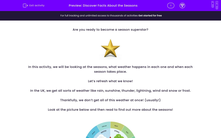Are you ready to become a season superstar?

In this activity, we will be looking at the seasons, what weather happens in each one and when each season takes place.
Let’s refresh what we know!
In the UK, we get all sorts of weather like rain, sunshine, thunder, lightning, wind and snow or frost.
Thankfully, we don’t get all of this weather at once! (usually!)
Look at the picture below and then read to find out more about the seasons!
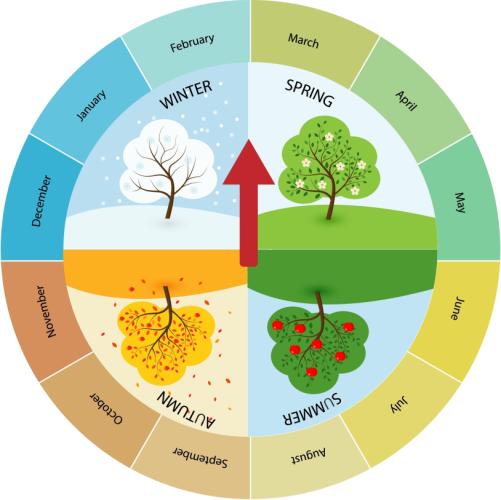
You can come back to this picture later to help you.
In the spring, the weather is a little of everything, sunny and cold and a bit of rain, and we get more daylight.
Plants such as daffodils and crocuses pop out of the ground because there is enough sunshine and chicks, lambs and bunnies are born.
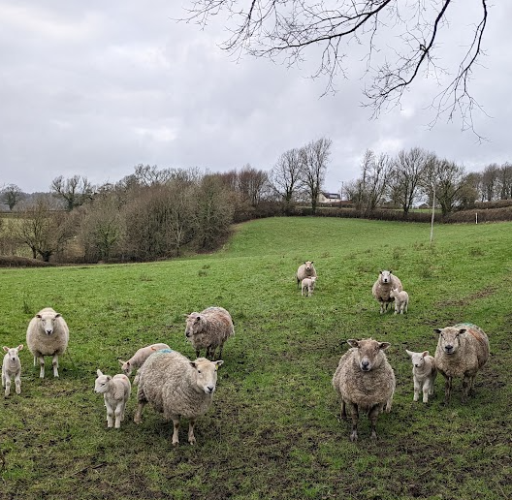
In the summer, the weather is much warmer. We have lots of lovely sunshine and there’s usually less rain.
Trees will bear fruit in summer, ready for picking, such as raspberries and strawberries - yum!
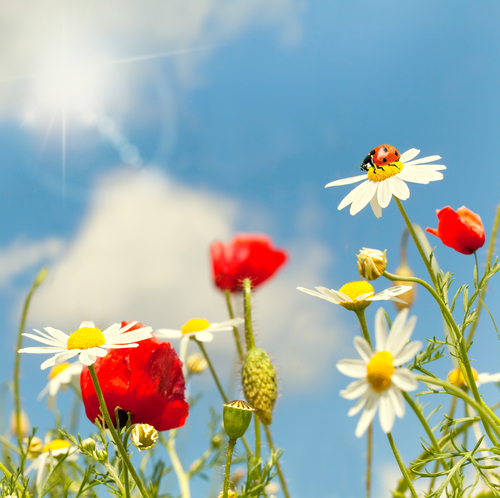
In the autumn, the weather turns colder, with temperatures dropping. We get more wind and more rain than the last two seasons and the days get a bit shorter, with fewer hours of daylight.
Trees lose their leaves and flowers begin to die off as the weather gets colder - there is not enough sunlight for them.
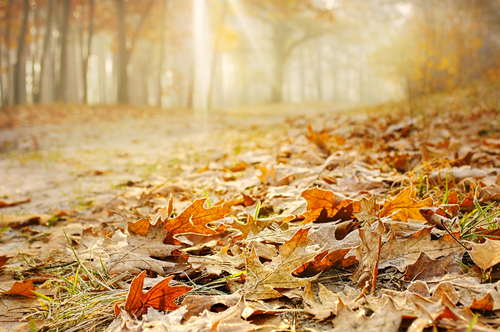
Finally we get to winter. This is the coldest season when we might get snow or ice, as well as a lot of rain and wind. There’s a lot less daylight as well, making it a bit colder too. Many trees have no leaves and some animals will hibernate - this means sleep all through winter - because it is too cold for them and they can’t find food to eat!
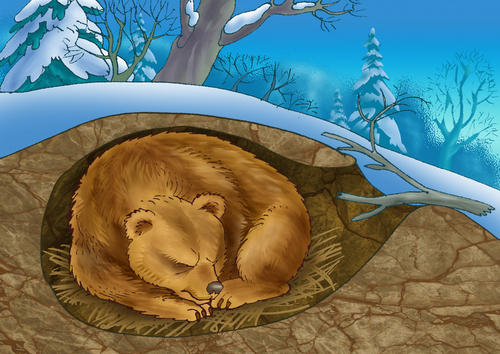
Each season lasts about three months, like this:
Spring - March, April, May
Summer - June, July, August
Autumn - September, October, November
Winter - December, January, February
Now let’s get to practising our super season knowledge!

